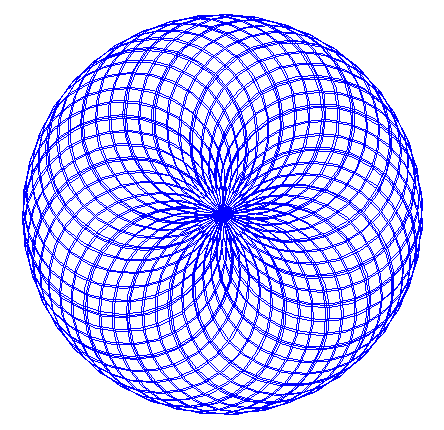Have you ever wondered why sugar can dissolve in a pot of boiling water, why popcorn kernels pop, or why things get rusted after touching a fire? All of these examples include entropy, a scientific concept.
Most people would describe entropy as a measurement of disorder. However, while that can be a meaning, it does not provide much knowledge of what it really should be and can be misleading. For example, which is more disordered: a glass of water, or a glass of ice cubes? The answer may seem like the glass of ice cubes, but it’s actually the water.
Entropy sounds complex at first sight, but you can also think it as probability! Imagine two identical super small containers, containers A and B, which each have 6 atomic bonds. The energy in each solid is stored in these bonds is called quanta. The more energy a solid has, the hotter it is. (for example, the more calories you “release”, or burn, the hotter you are) It’s true that there are many ways for the energy to be distributed and still have the same total energy in each solid.
Pretend there is 6 quanta in solid A and 2 quanta in B. So there are 9702 microstates. Well, you can really transfer the 8 quanta wherever you like. Let’s say there’s 8 quanta in A and 0 in B. Or 3 quanta and 5 quanta respectively in A and B. However, the more equal the quanta is between solid A and solid B, the higher chance it has to occur. Likewise, there’s only 2% chance that 0 quanta are in solid A and 8 quanta in solid B, while there’s 21% chance that the quantas are evenly distributed among A and B. So, in general sense, the more evenly distributed the quantas are in A and B, there is more entropy.
Low entropy means the energy is concentrated, while high entropy makes the energy flowing, spread out. Take a mug of coffee to act as an example. In reality, the atoms in the coffee rarely stay put. They usually always move from bond to bond. In this process in the coffee, the bonds in one mass can transfer into another, and make the quanta in each mass equal. Thus, there’s a 21% chance that the energy will spread out after the process, and a 13% chance that the quanta will return to the original positions, but 8% chance that coffee mass 1 will gain energy. So, after the whole process, it’s highly likely that the quantas will be nicely spread out. This is why that if you put that boiling mug of coffee next to a cold glass of water full of ice, the coffee will likely cool down and the water & ice will get warm. However, there still is a chance that the coffee will get hotter. How is that possible?
Before, we went through entropy with 6 atomic bond masses. If we enlarge this into 6000 bonds and 8000 quanta, and start with 600 quanta in mass A and 200 in B, we can find that the probability of A getting more energy is 0.000000000000000000000000000003% chance! (that may not be the right amount of 0s). The chance of this situation occurring is so small, it just has (nearly) never happened before.
Sugar dissolves in water, popcorn kernels pop, and items get rusted after going in a fire due to entropy as there is more dispersed energy than the originals. Higher entropy is just more likely. That’s why entropy has been called “time’s arrow“. If energy can spread out, it will.


